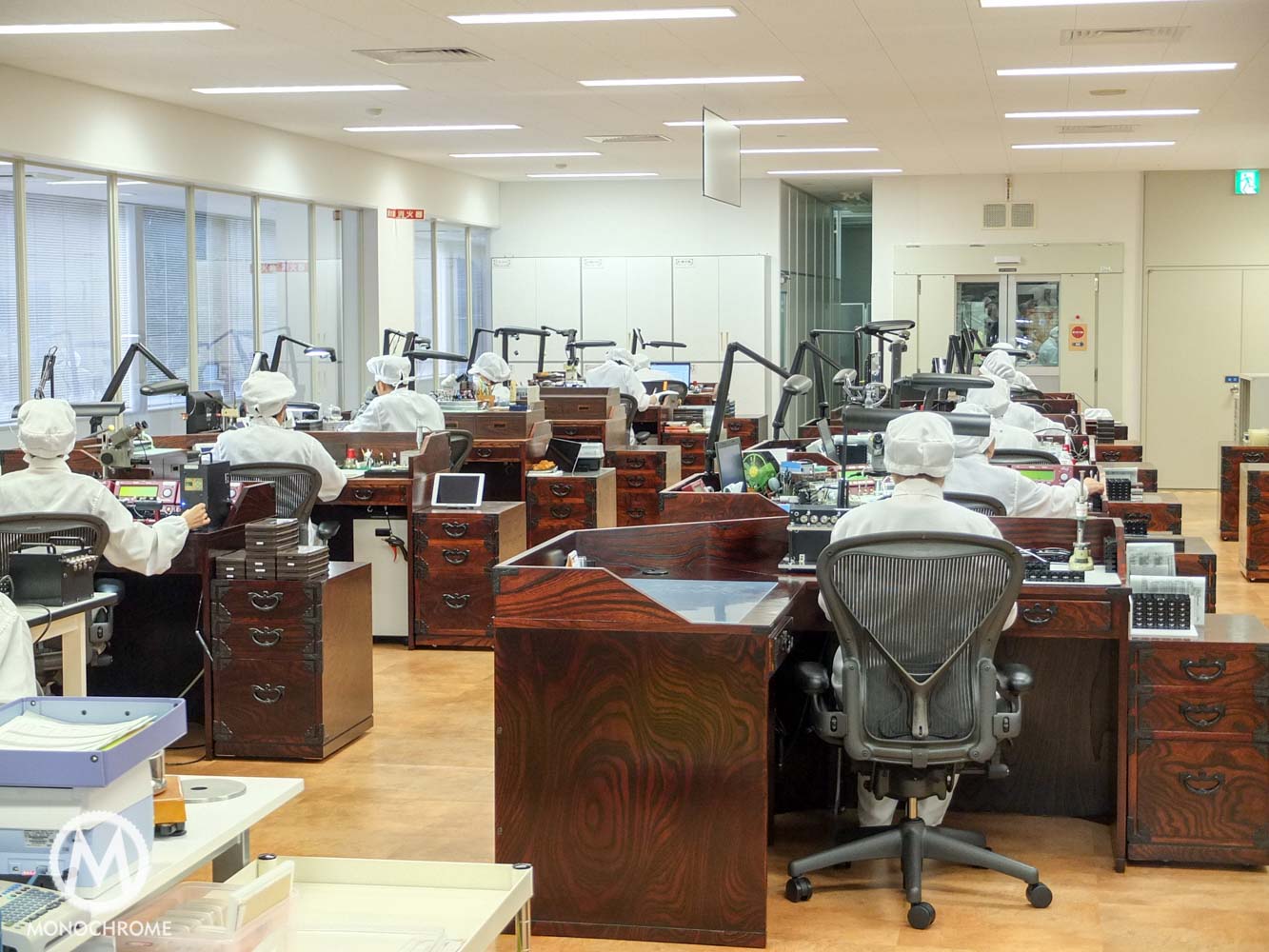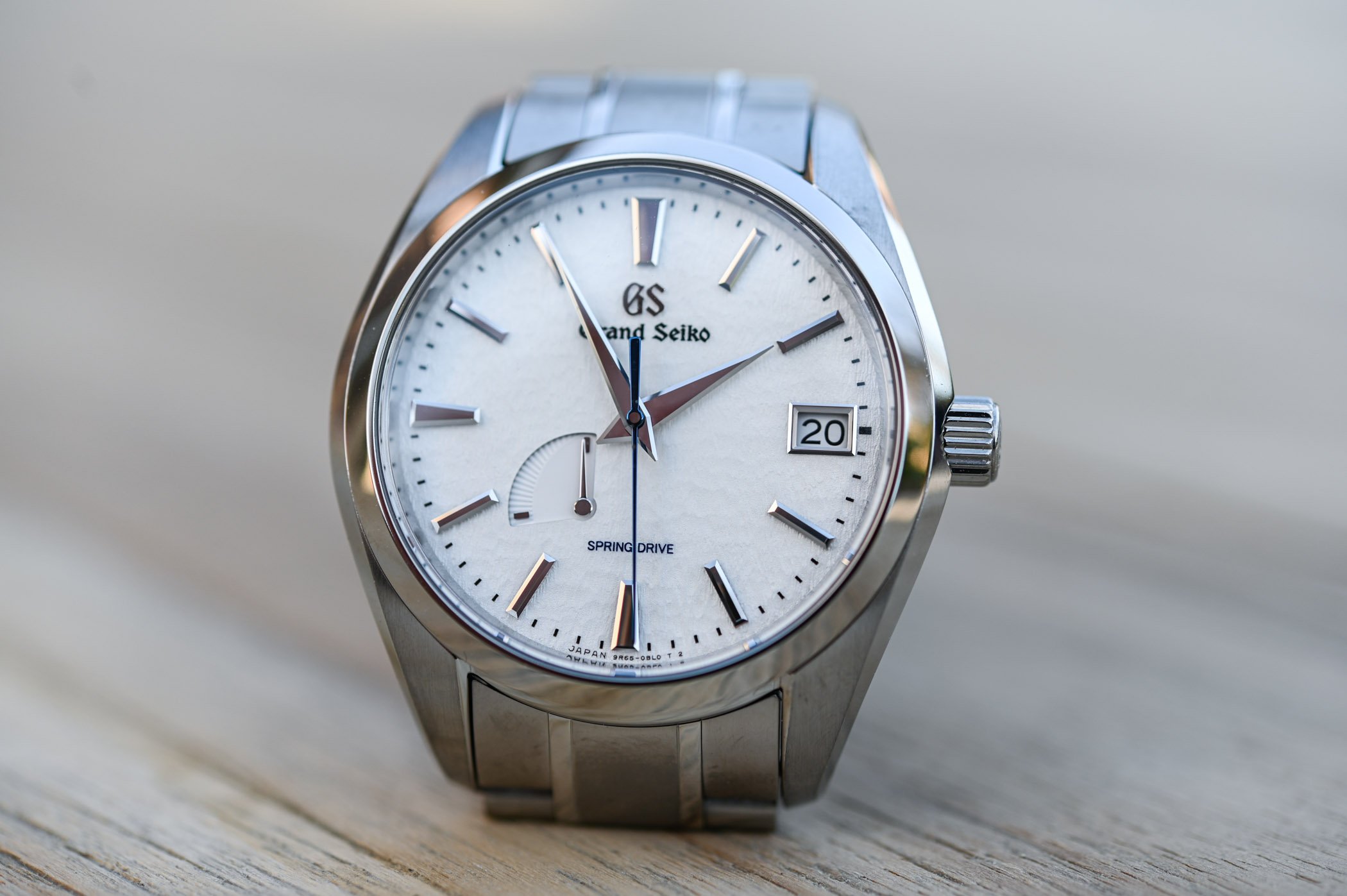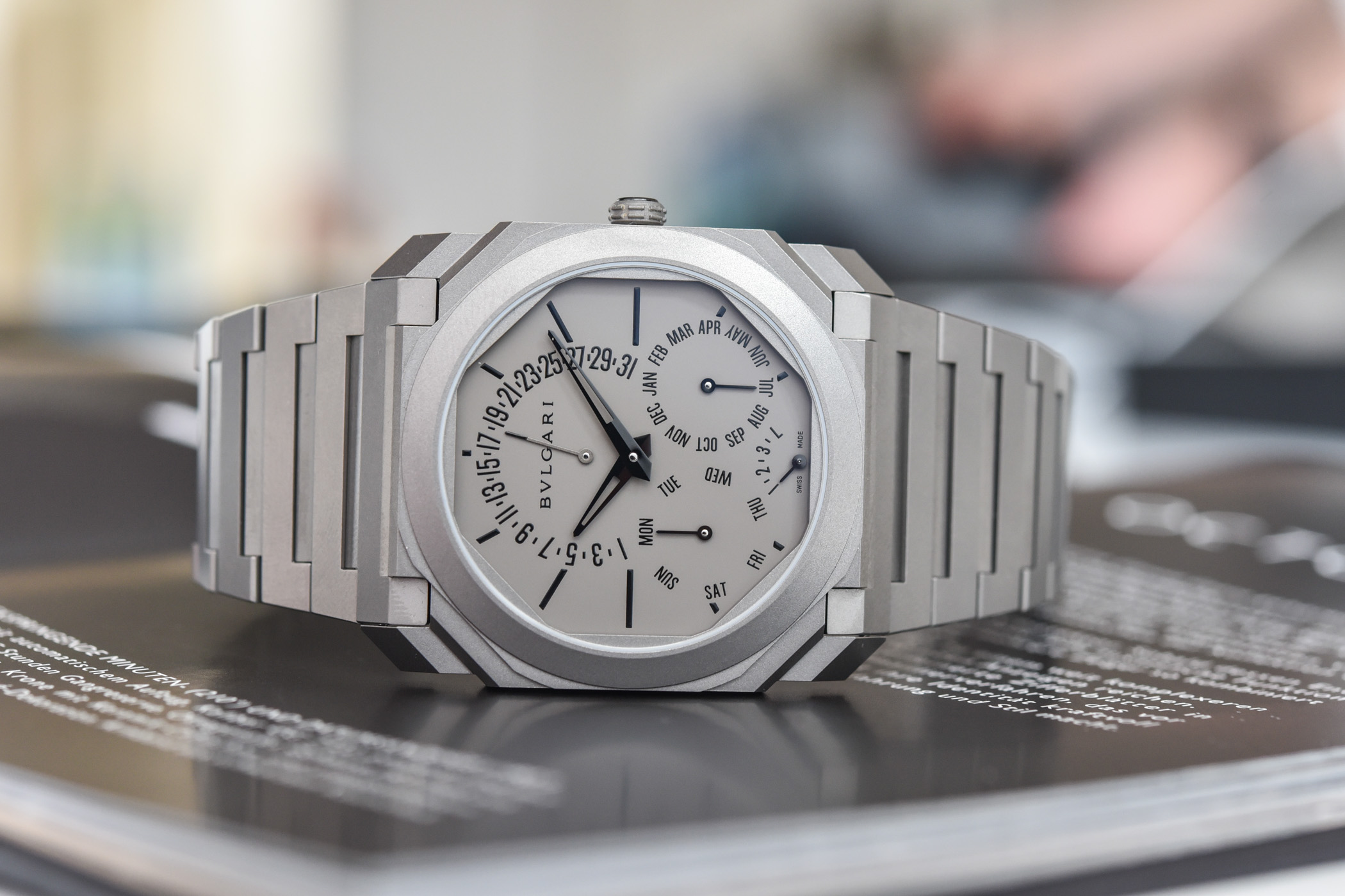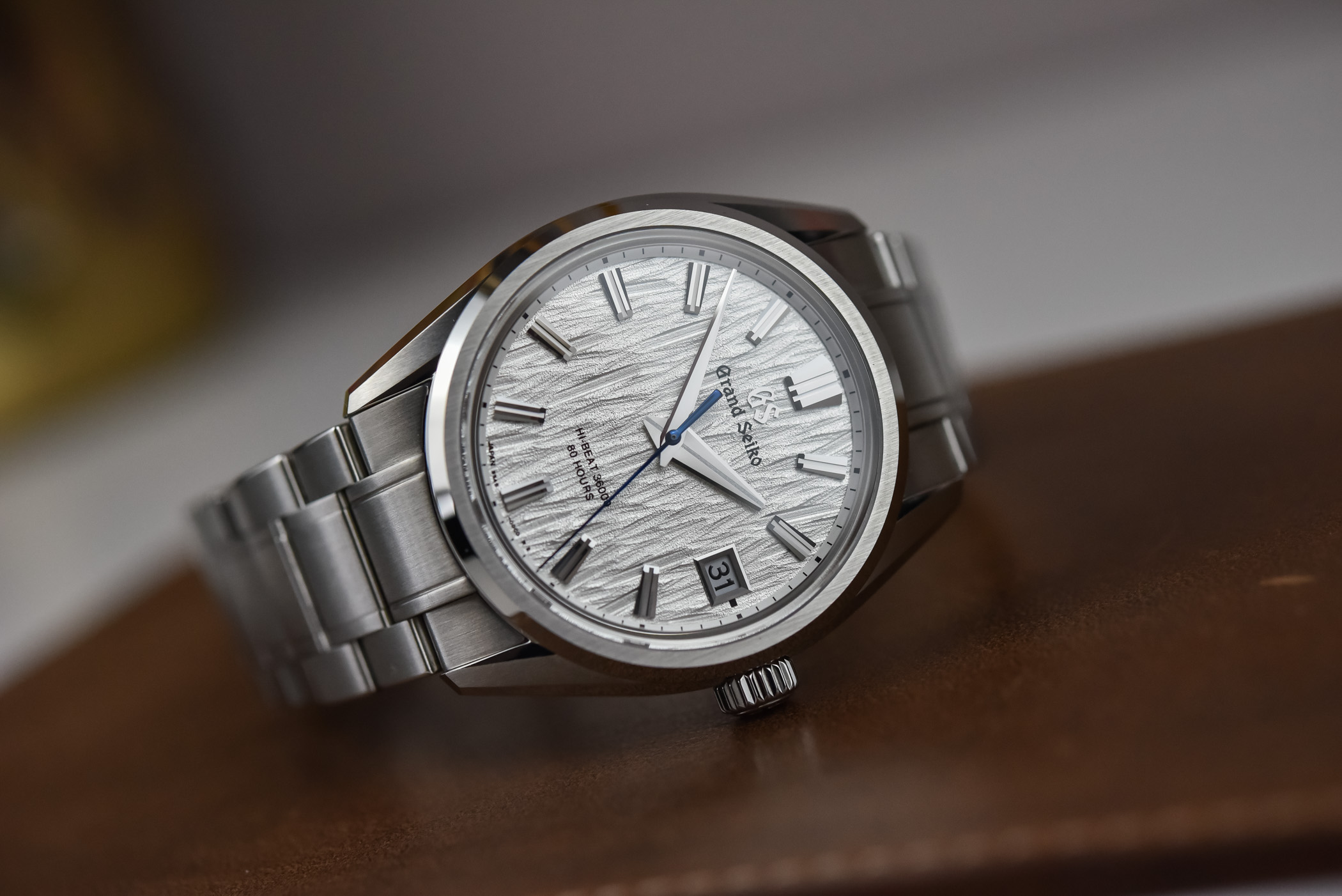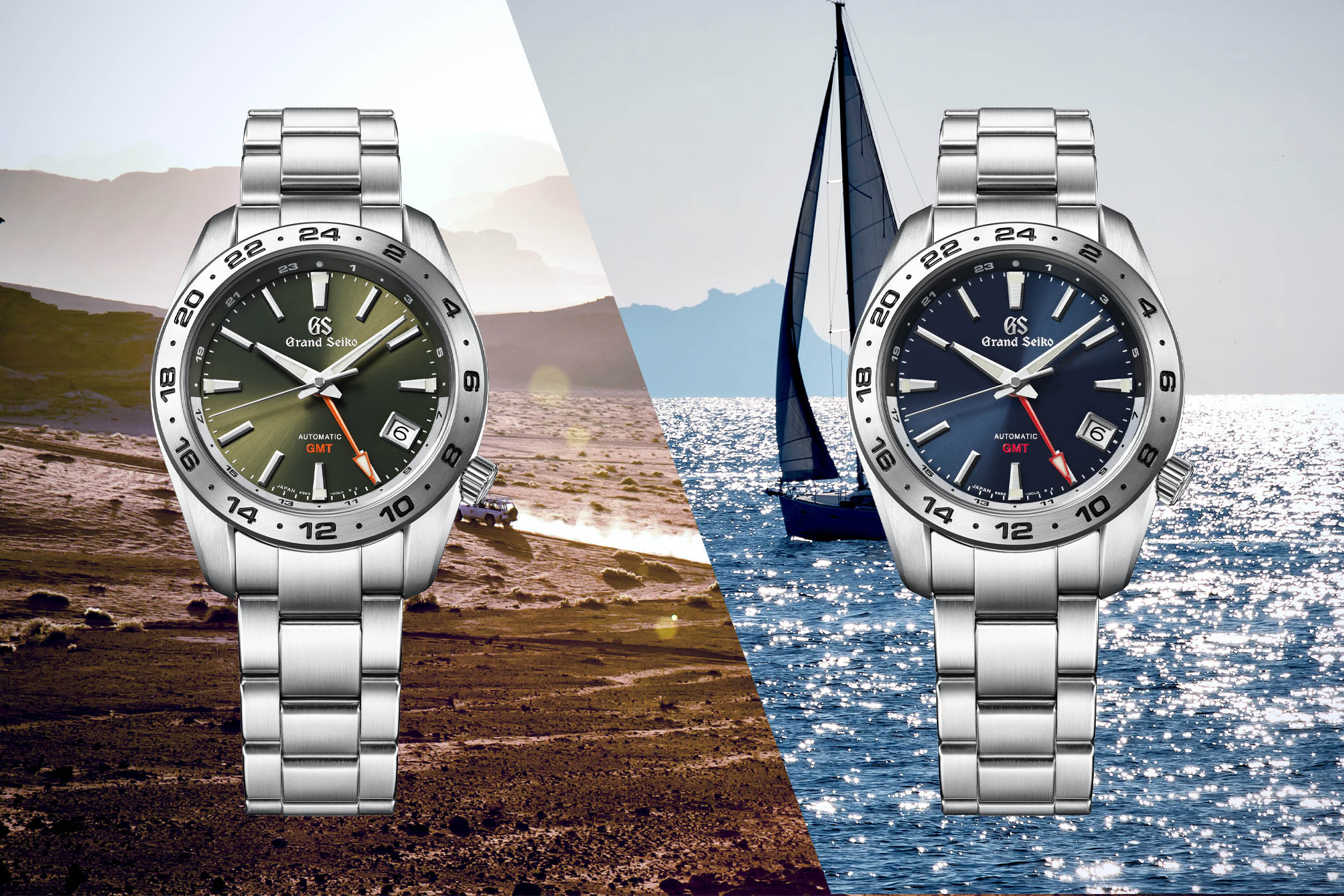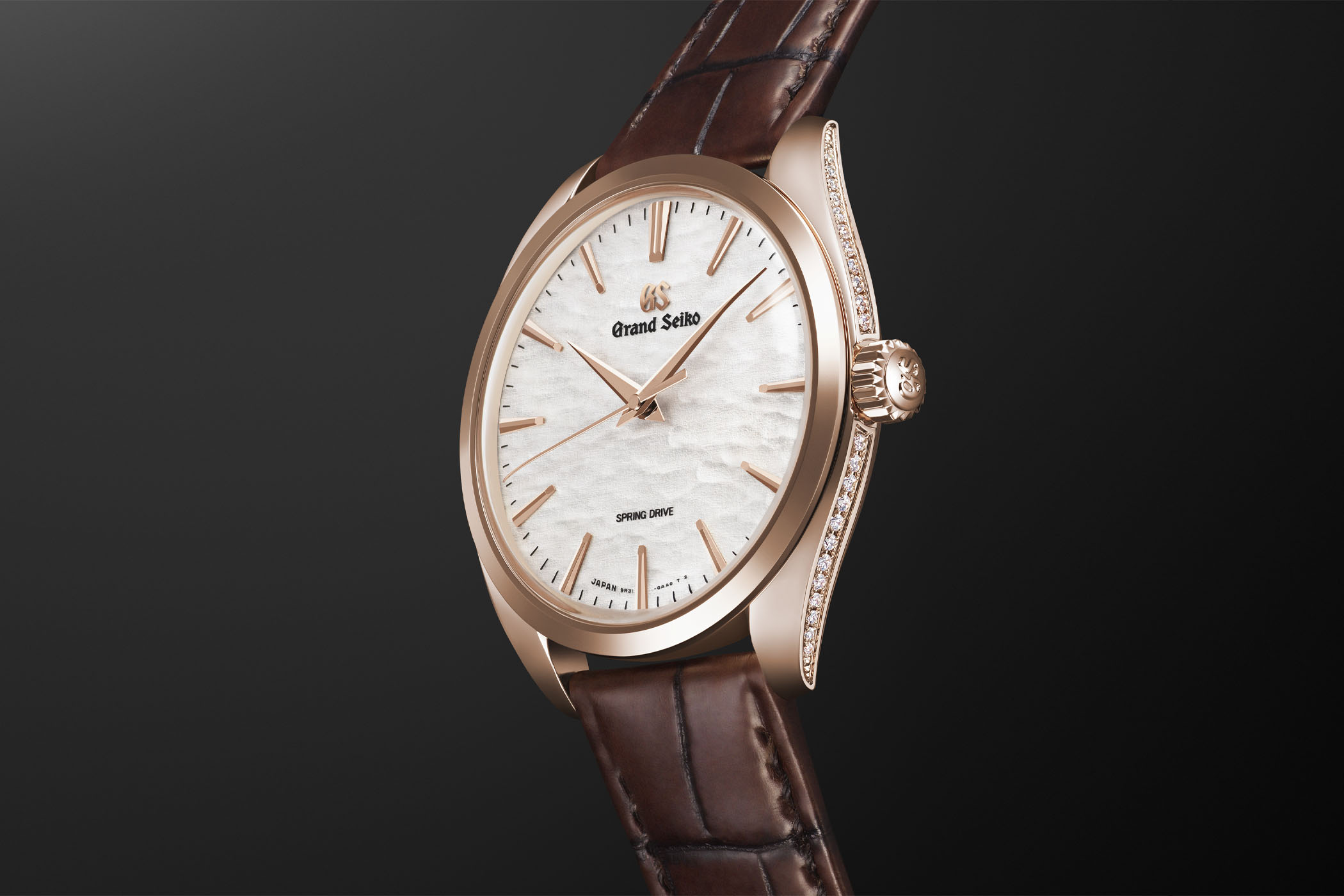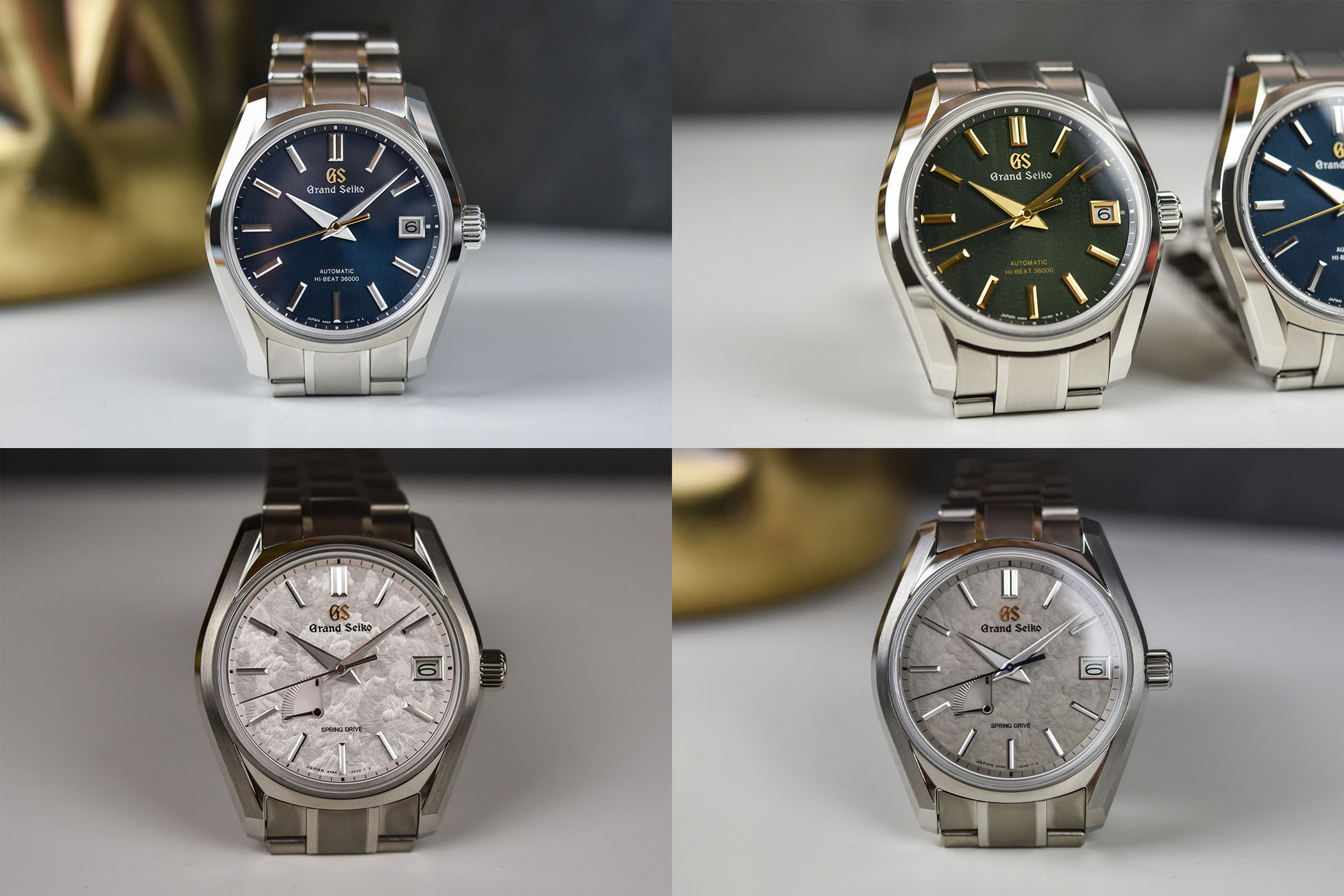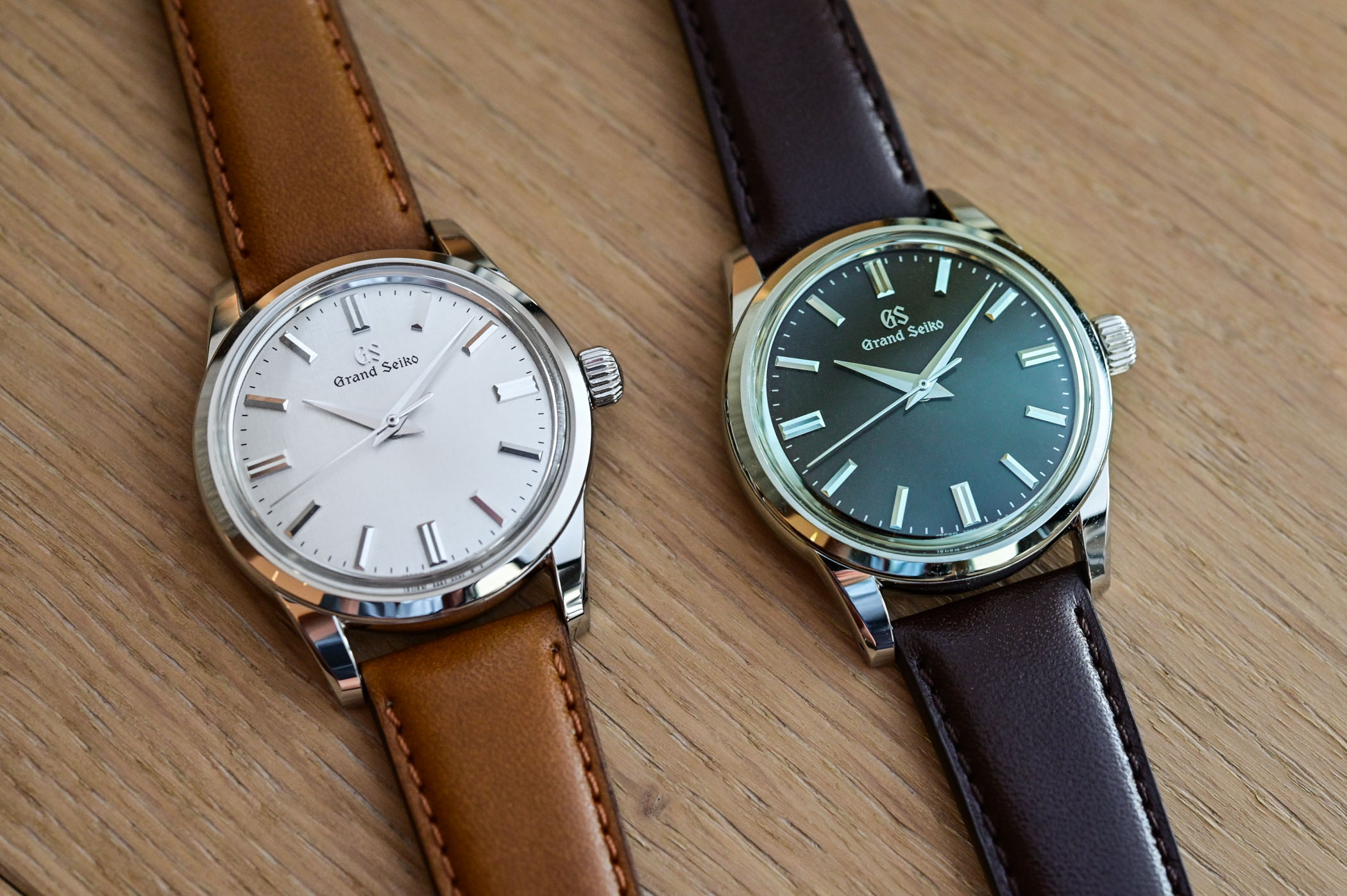Grand Seiko
Japanese Independent Luxury Watch Company

Until recently, Grand Seiko was the luxury arm of Seiko, producing its first watch in 1960 (manufactured by Suwa Seikosha, a Seiko subsidiary). It produced a new movement, the calibre 3180, that was accurate to within +12 to -3 seconds per day with a 45-hour power reserve. This was a major advance for Japan and the country's first chronometer-grade watch - compliant with the standard of excellence of the Bureaux Officiels de Contrôle de la Marche des Montres. Seiko followed up in 1964 with the Grand Seiko Self-Dater, which had a date complication and increased water-resistance to 50 metres. In 1967, the 44GS set a design standard and style for Grand Seiko, including the use of reflections or "sparkle of quality" (faceted hands and markers designed to reflect even the smallest ray of light). Nine specific design elements were established with the 44GS that are still seen in today's models. In 2017, Seiko CEO Shinji Hattori announced that Grand Seiko would be a separate, independent brand and removed the customary Seiko logo from the 12 o'clock position of the dial (with Grand Seiko moving from 6 o'clock to that position). This step helped further separate Japan's most prominent luxury watches from Seiko's otherwise very diverse portfolio. Hattori continues to be President and CEO of Grand Seiko and the company has been in the Hattori family since its founding in 1881 (by Kintarō Hattori).
The fit and finish of Grand Seiko watches are among the best in the industry and every piece is finished by hand. Every detail is considered, some of which may even go unnoticed. Multiple facets and angles are cut into the hands alone with some layers only visible through high magnification. Hands and cases are also finished via the Zaratsu technique, an ancient method used to polished Samurai swords, providing an evenness and undistorted mirror finish. Viewed from different angles, reflections of the hands range from silver to a deep black. Even the interior of the case, likely never seen by the wearer, is painstakingly polished by hand. Arguably the most popular Grand Seiko dial is the “Snowflake,” produced in-house in the Shiojiri dial workshop. The textured effect is achieved by using multiple translucent layers and gives the finished dial an appearance of fresh snow on the ground. Whether using steel, titanium or precious metals, the cases, dials and hands are on par (and often superior) with Swiss and European counterparts.
Grand Seiko has always been focused on mechanical perfection, with the 61GS and 45GS models having hi-beat movements back in 1968 and revised models achieving an accuracy of +/- one minute per month in 1969. All movements are produced in-house an all are rated above chronometer performance, whether mechanical, quartz or Spring Drive. The latter two are somewhat unique in the luxury industry as quartz is often viewed as less desirable than mechanical calibres. Grand Seiko hasn’t shied away from technology, launching the 95GS in 1988 with the brand’s first quartz movement, accurate to within ten seconds per year. In 2003, it launched a quartz piece with 40,000A/m magnetic resistance. The proprietary Spring Drive, however, is the most impressive technological achievement. It combines a mechanical movement with quartz technology, replacing the traditional escapement with a quartz oscillator, but everything is still powered by a mainspring (no battery). This provides the essence of a mechanical watch with the accuracy of quartz, accurate to levels not achievable by mechanical counterparts. The seconds hand doesn’t “tick” like a traditional quartz, but sweeps in a perfectly smooth motion without the subtle jumps of an all-mechanical movement. The first Spring Drive Grand Seiko using the Calibre 9R65 launched in 2004, but a Seiko piece introduced the first Spring Drive movement in 1999. In 2007, the 9R8 series was the first Grand Seiko Spring Drive chronograph and included a vertical clutch, column wheel and GMT indication.
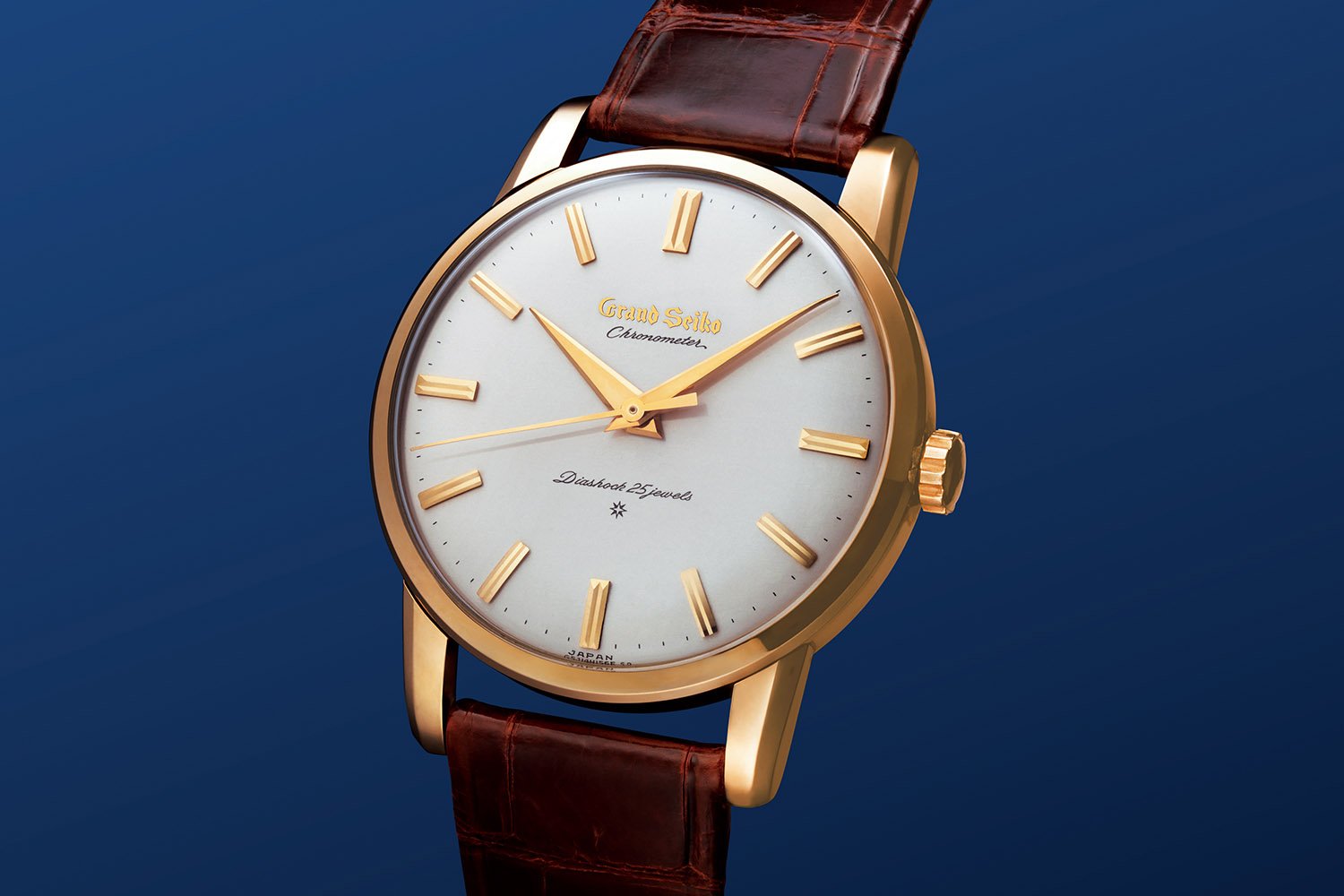
Grand Seiko is a bit of an anomaly in the industry as it produces luxury watches comparable to European brands but from a country more associated with quartz technology and mass production. Handwork and old-school techniques are the norm among its watchmakers and artisans, and everything down to the quartz crystals are in-house creations. Many Swiss pieces at higher price points can’t compete with Grand Seiko’s level of fit and finish, whether looking at the hands, dials or cases. Purists may turn away from Spring Drive technology as a quartz oscillator doesn’t have the romance and mystique of a mechanical escapement, but there’s no denying the quality and accuracy of the brand’s hybrid calibres. Three-hand versions still have over 200 components and chronographs over 300. And watches like the Grand Seiko Elegance Collection still offer hand-wound calibres and unique urushi (Japanese lacquer) dials. Grand Seiko offers the latest quartz technology for the pinnacle of accuracy and highly refined, in-house mechanical calibres for those seeking the romance of traditional horology.

